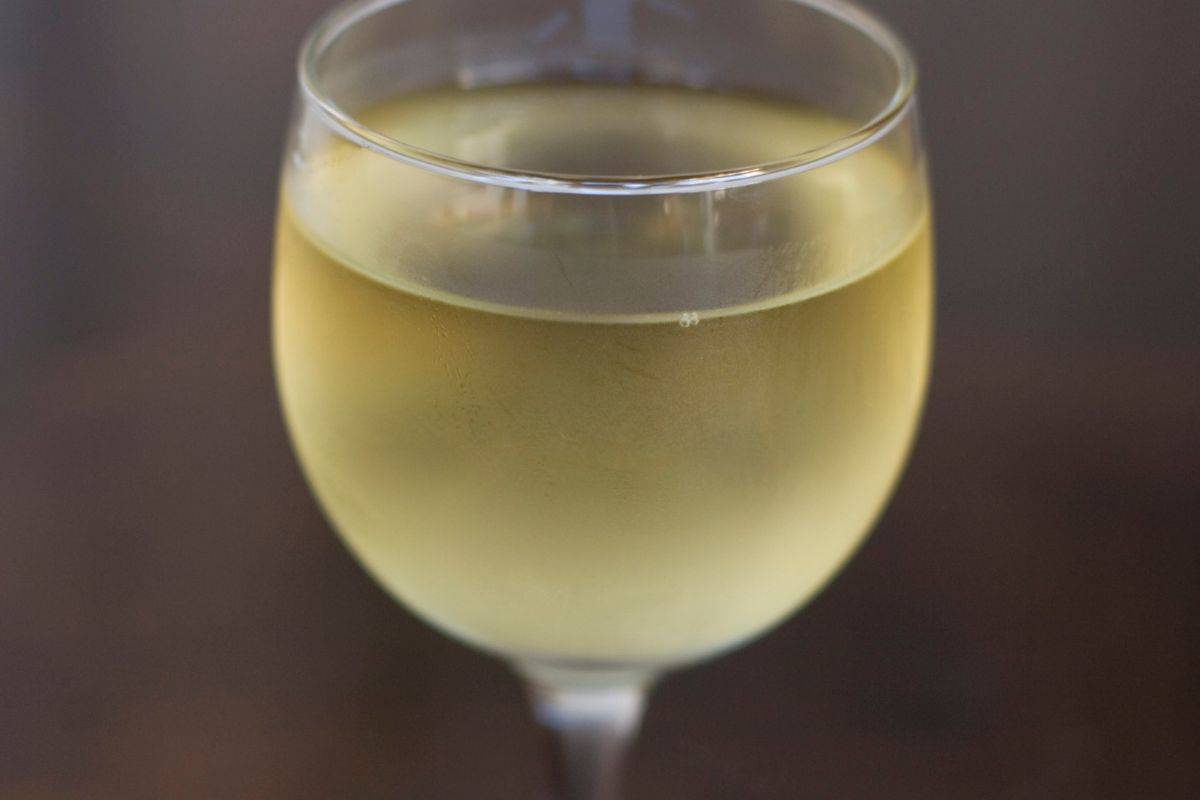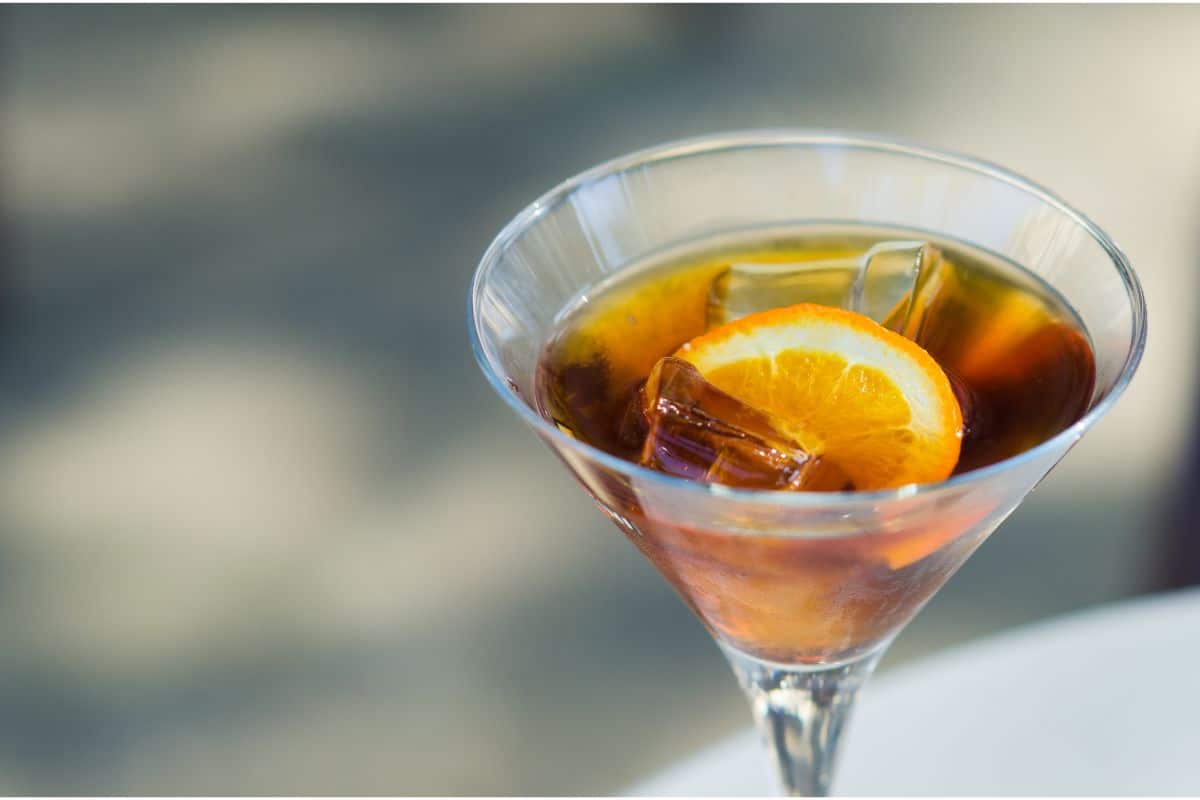When it comes to white wines, there is a huge variety to try for modern consumers and wine connoisseurs alike. From Sauvignon Blanc to Reiling, to Chardonnays and Vermouth.
There has arguably never been a better time to start appreciating and enjoying the finer things in life, and that includes a beautiful dry wine!

However, when it comes to deciding on what wine to buy for a meal or event, many people are often left scrambling to understand what many terms mean when it comes to wine.
Not only that, but it can often lead to people making a wine purchase that they end up regretting.
All because they don’t know what terms such as ‘dry’ means, and whether or not they can be applied to the wine they are buying.
Well, that’s what we are here to answer today. In this guide, we are going to go into detail about one of the wines that people are often unsure about: Pinot Gris.
We’ll be discussing some of the details of how it is made, what classifies wine as being ‘dry’, as well as whether Pinot Gris can be considered part of the camp, so to speak.
A Brief Introduction To Pinot Gris
So, before we get any deeper into the topic, we’re going to establish a few details that separate Pinot Gris from other wines, and why it has become such a popular wine in the first place.
Also known as Pinot Grigio in places such as Italy, Pinot Gris is a type of white wine that was developed from its red counterpart, Pinot Noir.
The grapes that this wine comes from are often a grayish-blue color, hence the name of the wine (Gris meaning gray in several Romance languages such as Spanish and French).
Pinot Gris was first cultivated in the Burgundy region of France in the Middle Ages but has since been grown and cultivated around the world, with vineyards and wineries opening up in the United States, South Australia, New Zealand, and South Africa.
This is partly due to the many beautiful colors that it comes in, the variety of flavors it can have, as well as its relatively quick turnaround.
After all, with a fermentation period of between 4 and 12 weeks, this is a wine that can be ready for sale and on the market very quickly, making it popular for sellers.
When it comes to what makes them so popular, the exact details can depend on where the wine was grown.
French Pinot Gris, where the wine comes from, became popular and has stayed that way, thanks to the floral notes that can be picked up, as well as having a decently high alcohol content, being a medium to full-bodied wine.
By contrast, the Pinot Gris that is grown and fermented in Germany has a somewhat sweet flavor to it, as well as is relatively high in acidity levels.
And in Oregon, the Pinot Grigio varieties are grown here often have a deeper, almost copper-like color to them.
What Makes A Dry Wine Dry?

So, now that we have covered Pinot Gris, what qualities are usually looked for when it comes to dryness in wine.
Well, generally, dry wines tend to have very muted or subtle flavors, and next to no sweetness, especially when compared to sweeter types such as red wine.
This is because the fermentation period of dry wine does not disrupt the process of the yeast turning the sugars that are naturally found in the juice from grapes into alcohol.
Not only that, but many dry wines why often contain large amounts of a substance known as tannin which often gives a wine its sourness or bitter taste or aftertaste.
It is a substance that also binds to proteins in the mouth, often resulting in a dry-feeling sensation.
With no sweetness left over after the sugar has been consumed, what is left is a wine that is often somewhat acidic, and has little to no sweetness to it, and a flavor that often leaves the mouth once the wine has been swallowed or otherwise removed, hence the term ‘dry’ is used.
How Dry Of A Wine Is Pinot Gris?
That we have established both Pinot Gris and what the term dry means when discussing wine, we can get to the main topic: Is Pinot Gris considered dry? And if it is, just how dry exactly?
Well, as we have already established, the specifics of a glass of Pinot Gris will change depending on the vineyard it was grown on.
However, for the most part, Pinot Grigio is often considered quite a dry wine, especially when it is compared to Sauvignon Blanc and especially oaked chardonnays.
This is both thanks to the relatively high acidity of Pinot Gris, as well as the high tannin that gives it a sour flavor that feels like it evaporates in the mouth very quickly.
Add to the fact that the fermentation process of Pinot Gris is incredibly thorough, and you can have many types of Pinot Gris that can be considered dry.
However, as we already explained in this piece, many different varieties cover a wide range of tastes and preferences when it comes to Pinot Gris, from floral aftertastes to fruity flavors.
What Best To Have With Pinot Gris
When it comes to eating foods with a glass of Pinot Gris, there are a wide variety of options that are available to you.
It is a popular wine to have with many savory dishes, such as seafood, chicken, pork, and several different pasta and rice dishes too. Make sure that you avoid food like tomatoes, as the acidity of both will probably clash.
Final Thoughts
As you can see, Pino Gris is a dry wine, but many varieties will almost certainly be to your tastes.
- How to Learn Wine Tasting: Essentials for Beginners - March 10, 2024
- How to Learn to Like Wine: Cultivating an Appreciation for the Vintner’s Art - March 10, 2024
- Thanksgiving Sangria: A Flavorful Twist to Your Holiday Table - August 27, 2023








